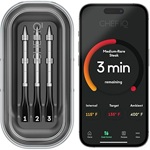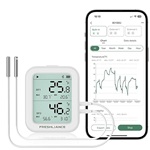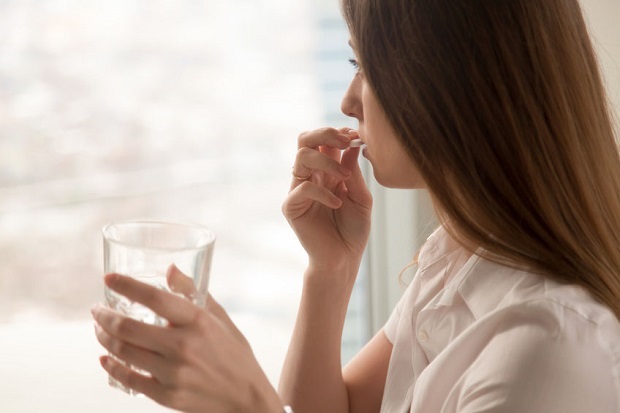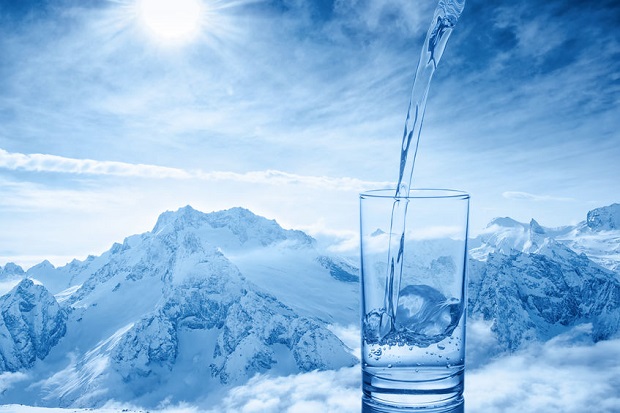
What to Eat After Food Poisoning
- Typical food poisoning cases involve vomiting and diarrhea, so your main objective is to stay hydrated. Drink plenty of fluids to replace those lost.
- Get plenty of electrolytes, especially important for children, such as the electrolyte beverages sold at drugstores or sports drinks with electrolytes.
- Don’t start on solid foods until the vomiting has passed.
Dig Deeper
- Test Your Body’s Tolerance
- Start with Clear Liquids
- Slowly Introduce Solid Foods
- Eat Foods High In Soluble Fiber After Food Poisoning
- Eat Yogurt
- Food to Avoid After Food Poisoning
- Watch for Signs of Dehydration
- References
Test Your Body’s Tolerance
When experiencing nausea and vomiting, a glass of water often won’t stay down. The professionals at Indiana University’s Bloomington Health Center suggest slowly introducing liquids before you start eating or drinking again.
First, attempt to hold down one tablespoon of water. After 30 minutes, if you experience no vomiting or diarrhea, take two tablespoons. If symptoms have subsided, continue increasing your intake every 30 minutes for the next three hours. If all goes well, begin with clear liquids. [1]
Start with Clear Liquids

Once vomiting has passed, it is important that you rehydrate. Vomiting and diarrhea can deplete your body of nutrients and electrolytes, causing dehydration, which interferes with normal body functioning. In severe cases, dehydration can cause your kidneys to shut down. Take these steps to rehydrate. You must drink 8-10 glasses of water or other clear liquids daily.
- Water
- Drink fluids with electrolytes, such as those sold commercially, or sports drinks containing electrolytes.
- Eat watery foods such as popsicles, Jello®, or broth
Though it is important to rehydrate your body and stay hydrated, liquids help to move food through your digestive system more quickly. To help with diarrhea, drink liquids one hour before or after a meal. [2]
Slowly Introduce Solid Foods
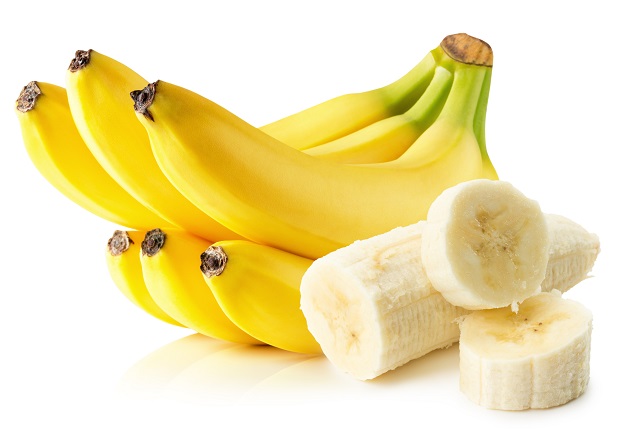
You can add solid foods once you have held down clear liquids. Keep the foods bland and test them slowly to ensure they will be tolerated. Rather than sitting down to your regular meals, eat smaller portions more frequently throughout the day. The following are usually well tolerated. [3]
- Applesauce
- Bananas
- Soda Crackers
- Plain Rice
- Dry Toast
Eat Foods High in Soluble Fiber After Food Poisoning
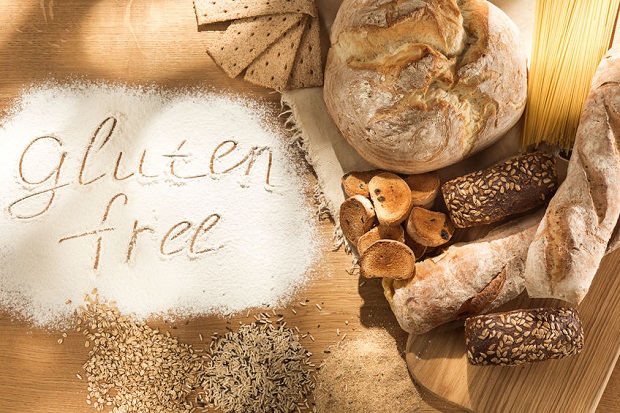
Soluble fiber can help get your digestive system back on track after a bout with diarrhea.
It is important to note the difference between soluble and insoluble fiber. Both are important to proper bowel function, but each plays a different role. Soluble fiber absorbs excess fluid in the intestinal tract to help bulk up stools. Insoluble fiber does not dissolve in the digestive tract and helps to push waste through the digestive tract. Insoluble fiber helps with constipation and can actually make diarrhea worse. [4]
Bland foods high in soluble fiber include:
- Oatmeal
- High fiber bread
- Oat bran
- Brown rice
The ideal amount of fiber to regulate your digestive system is 25 grams daily for women and 35 grams daily for men. If your current diet falls far below that level, add fiber to your diet slowly, as it can cause bloating, gas, and even diarrhea if introduced to the system too quickly. [5]
Eat Yogurt
Studies are emerging that point to probiotics as beneficial for helping with bouts of diarrhea. Probiotics are organisms or bacteria that, when introduced to the body, can help to replace those beneficial bacteria lost through sickness. [6]
Eating yogurt with live bacterial cultures may help you quickly recover from diarrhea.
Foods to Avoid After Food Poisoning

While you are still experiencing vomiting and diarrhea, you should avoid solid food, which likely will not stay down. Don’t drink milk or milk products, as dairy can exacerbate diarrhea. You want to avoid anything that will exacerbate diarrhea or further upset your stomach. These foods include: [7]
- Greasy foods.
- Avoid beverages with caffeine and alcohol as both add to dehydrate the body.
- Foods containing fructose.
- Fresh fruits contain insoluble fiber and can exacerbate diarrhea.
- Spicy foods can irritate the stomach.
Watch for Signs of Dehydration
Dehydration can be dangerous and even fatal. Food poisoning that includes vomiting and diarrhea can quickly lead to dehydration if the fluids lost are not replaced. You may be experiencing dehydration if you feel light-headed and dizzy, have no tears when crying, experience a dry sticky mouth, don’t need to urinate, or are very lethargic. If you think you are dehydrated and unable to keep fluids down, contact your healthcare provider. You may need to get your fluids intravenously. [8]
References
- [1] Indiana University-Bloomington Health Center – “What to Drink and Eat After Vomiting.”
- [2] [3] University of Michigan Health Services – “Diarrhea and Vomiting.”
- [4] WebMD – “Dietary Fiber: Insoluble and Soluble.”
- [5] University of Michigan Health System – “High Fiber Diet.”
- [6] WebMD – “Probiotics for Diarrhea: Types, Uses, Side Effects, Benefits.”
- [7] National Institute of Diabetes and Digestive and Kidney Diseases – “Eating, Diet, and Nutrition for Diarrhea.”
- [8] WebMD – “Preventing Dehydration When You Have Diarrhea or Vomiting.”
DISCLAIMER: THIS WEBSITE DOES NOT PROVIDE MEDICAL ADVICE
The information, including but not limited to text, graphics, images, and other material on this website, is for informational purposes only. No material on this site is intended to be a substitute for professional medical advice, diagnosis, or treatment. Always seek the advice of your physician or other qualified healthcare providers with any questions you may have regarding a medical condition or treatment before undertaking a new health care regimen, and never disregard professional medical advice or delay in seeking it because of something you have read on this or any other website.
Related Products
CHEF iQ Sense Smart Wireless Meat Thermometer with 3 Ultra-Thin Probes, Unlimited Range Bluetooth Meat Thermometer, Digital Food Thermometer for Remote Monitoring of BBQ Grill, Oven
Freshliance Temperature Humidity Data Logger Bluetooth Refrigerator Thermometer with 2pcs External Probe, Data Graph Analysis Filtering via APP and Multi-User Sharing, Rechargeable BlueTag TH30R-I
